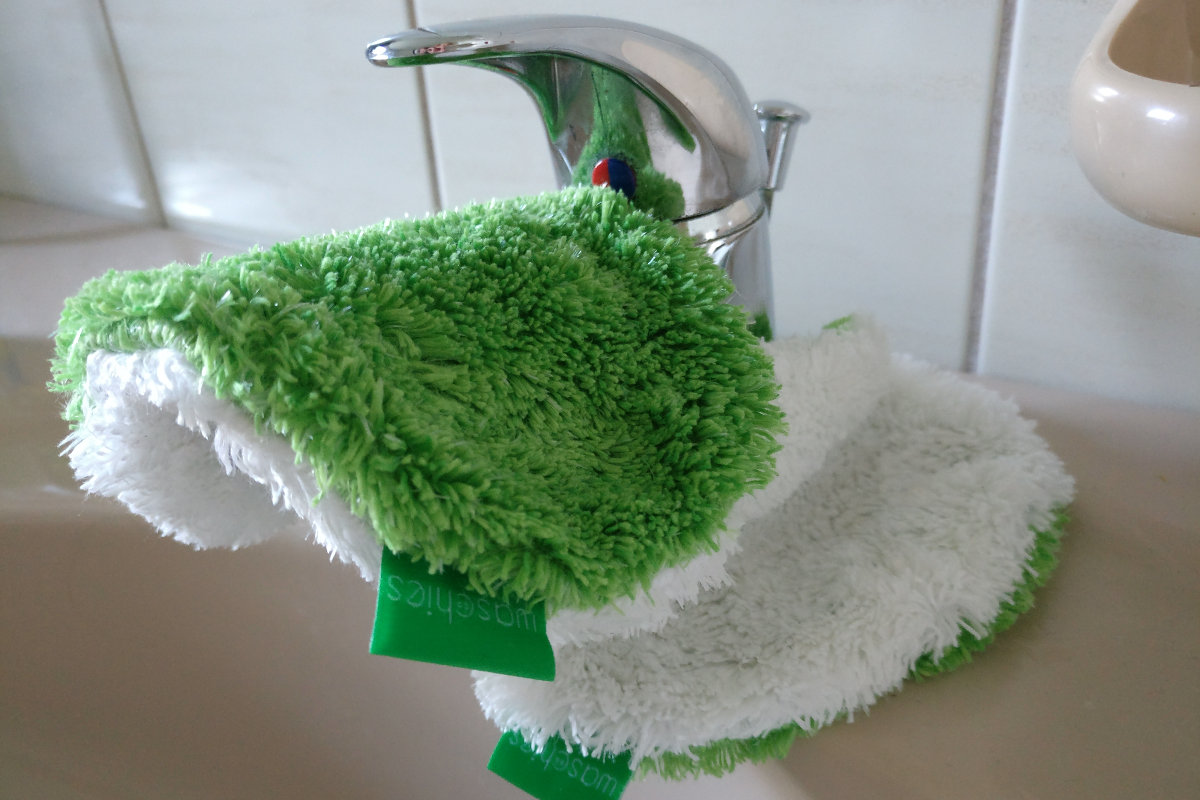
China Produkte Beste Mikrofaser Handtücher Waschlappen - Buy Microfasertuch Set Product on Alibaba.com

10Pcs Grün Mikrofaser Waschlappen Auto Auto Pflege Reinigung Handtücher Weich Tücher Werkzeug – Grandado

180CM x 80CM Hohe große saugfähige Mikrofaser-Waschlappen Perfekte große Strandbad Duschtücher günstig kaufen — Preis, kostenlose Lieferung, echte Bewertungen mit Fotos — Joom

flauschige Mikrofaser Waschlappen Waschhandschuh Seiftuch Seiflappen Waschfleck Microfaser online kaufen | eBay

Sichler Beauty Waschlappen: 8er-Set 2in1-Mikrofaser-Kosmetiktücher und Reinigungs-Handschuhe (Mikrofaser-Reinigungshandschuh)

8 STÜCK MIKROFASER WASCHLAPPEN, WASCHHANDSCHUH, SEIFTUCH, SEIFLAPPEN, WAFFELMUSTER, MICROFASER : Amazon.de: Küche, Haushalt & Wohnen

YSN Home Collection - Flauschige Mikrofaser Waschhandschuhe Waschlappen 16x21cm - 8 Stück - 4 Farben : Amazon.de: Küche, Haushalt & Wohnen

Sunland Mikrofaser Tuch Mit Poly Kolk Seite Beste Küche Lumpen Waschlappen Reinigung Tuch Schnell Trocknende 12inx12In 5 Pack Weiß|microfiber lense cloth|microfiber terry clothmicrofiber glass - AliExpress

Benutzerdefinierte Guns N 'ROSES 35x75cm Gesicht Handtücher Waschlappen Mikrofaser Waschlappen Schnell trocknend Sport Handtuch|Face Towels| - AliExpress

YSN Home Collection - Flauschige Mikrofaser Microfaser Waschlappen 30x30cm - 4 Farben - 8 Stück : Amazon.de: Küche, Haushalt & Wohnen

YSN 8 STÜCK Flauschige MIKROFASER WASCHLAPPEN, SEIFTUCH, SEIFLAPPEN, WASCHFLECK, MICROFASER : Amazon.de: Küche, Haushalt & Wohnen













